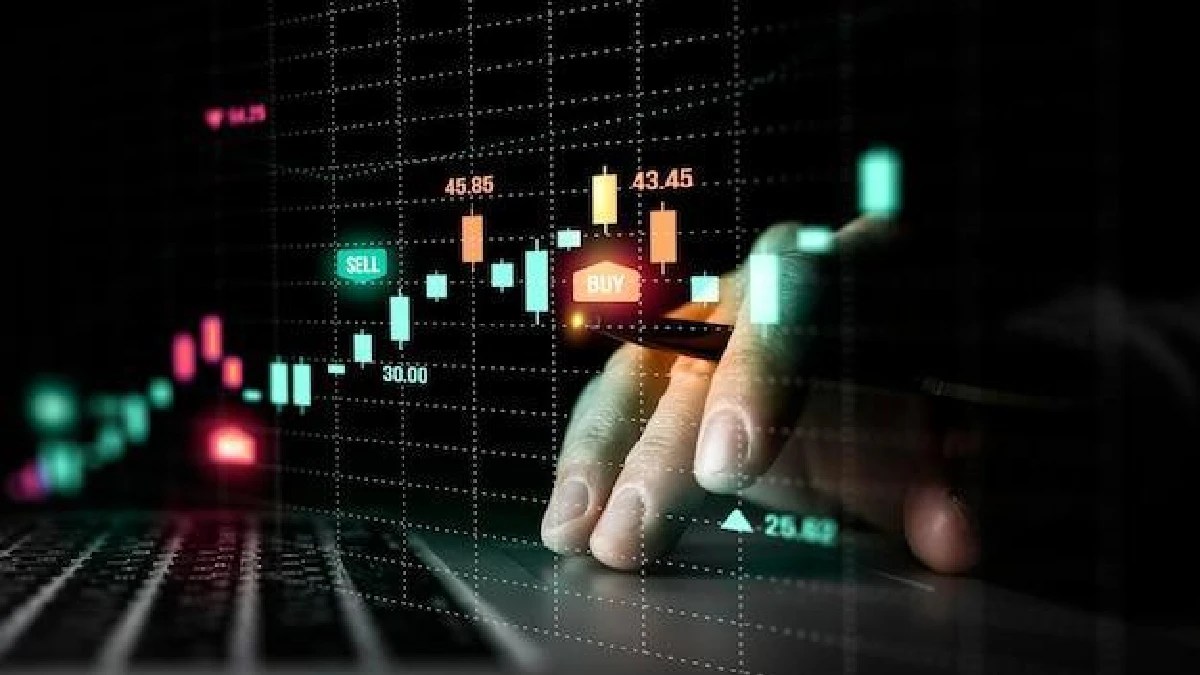Social trading represents a fusion of traditional trading principles with the interactive nature of social networks, transforming how individuals interact with the financial markets. This new method allows people to observe, copy, and imitate the tactics of professional traders, thereby opening up the trading avenue to a wider group.
Today, the Vida Markets seasoned experts break down the concept of social trading, illustrating how it integrates trading with social networking elements. They detail how this approach allows traders to learn from and replicate the strategies of experienced market players.
The mechanics of social trading
Investor and strategy provider dynamics
Social trading platforms work like social networks, but they are exclusively utilised for the purpose of trade activities.
Newcomers to trading discover that social trading platforms enable them to access strategies devised by seasoned traders, known as strategy providers. This symbiotic relationship enables investors to benefit from those expert traders’ wisdom and experience, while extending strategy providers with a way of obtaining recognition and financial payoff.
Providers are ranked according to their performance, risk management capabilities, and popularity. This ranking system not only helps copiers in deciding whom to follow, but also encourages providers to have good-quality trading strategies.
The core of social trading: copying
The key characteristic of social trading is copying trades. Copiers could place a part of their capital to mimic the trading strategy selected. This process is generally automatic and proportional, which allows them to control the amount of risk on their investment level.
This feature is great for traders who are not able to conduct a thorough analysis of the market due to time or knowledge constraints.
Interactive learning and collaboration
Social trading platforms are not simply about copying trades; they are thriving social ecosystems in which traders exchange knowledge, debate market dynamics, and devise plans together. With functionalities such as forums, chat rooms, and news feeds, participants can learn collectively and improve their understanding of the market.
Benefits and risks of social trading
Here are some prominent advantages and risks of engaging with social trading:
Benefits
- Social trading makes the financial markets more democratic, involving a broader section of trading enthusiasts.
- It allows beginner traders to learn the market behaviour and elevate their trading skills.
- Social trading provides a channel for seasoned traders to display their skills and earn more income through followers.
Risks
- The entire performance of a copier’s portfolio is linked to the success of the strategy providers they choose to follow.
- Given the inherent volatility and unpredictability of markets, even experienced traders are susceptible to incurring losses, which can significantly impact the copiers’ investments.
Bottom line
Social trading represents a substantial shift in how individuals engage with financial markets. This approach amalgamates learning, community engagement, and investment opportunities, forming a compelling forum for diverse users. Nonetheless, as with any financial venture, it requires careful consideration and active involvement.
On this note, Vida Markets is a distinguished broker that presents a notable VM social facility, redefining the approach to the financial trading domain. This platform allows users to receive real-time updates directly on their devices, engage in automated copy trading, and diversify their investments across various strategy providers.













